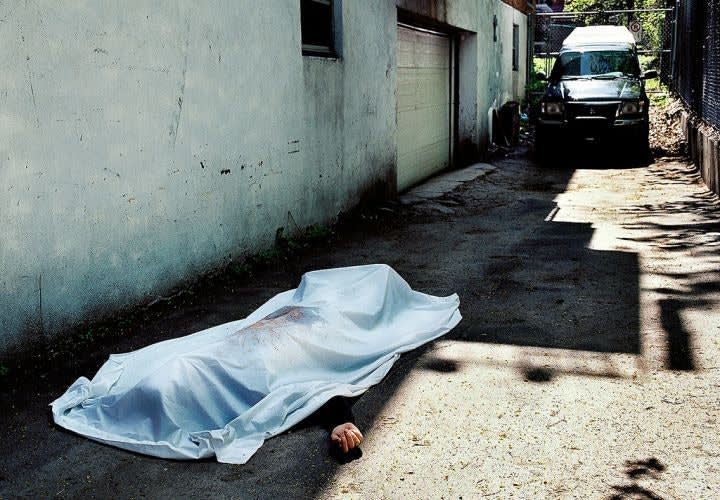In my experience, most police officers want to make the commitment and work hard to fight crime but the strategies must come from above. First-line supervisors and command staff must set the stage by leading officers into the implementation of proactive strategies for the officers to follow. These strategies should be aggressive, innovative and focused while the hunt for the perpetrators must be relentless.[PAGEBREAK]
First responders should work the scene as if the suspect is right there and that witnesses will be compiled from the people on the scene. Although not every crime scene yields a positive ID on a suspect, there is usually some information that can assist in the development of a lead or information about a potential suspect.
Process the crime scene, canvass the areas for witnesses, identify video cameras, check EZ Pass/I-Pass and other Potential Suspect Identification Devices (PSIDs) that may have documented the suspect's image or travels. (Subways, buses, often require an access card that can be tracked back to a suspect).
The first 24 hours is especially important since many perpetrators of murders will be seeking to flee the area while the heat is on. The initial 24 hours are critical to capturing suspects, recovering evidence and locating witnesses.
Hit the streets and shake the trees; you never know what will fall out. Traffic stops, field interviews, "knock and talks," or any enforcement action, especially near the communities affected by homicides and other violence, can potentially result in the acquisition of a piece of evidence, a witness, intelligence or even a suspect.













